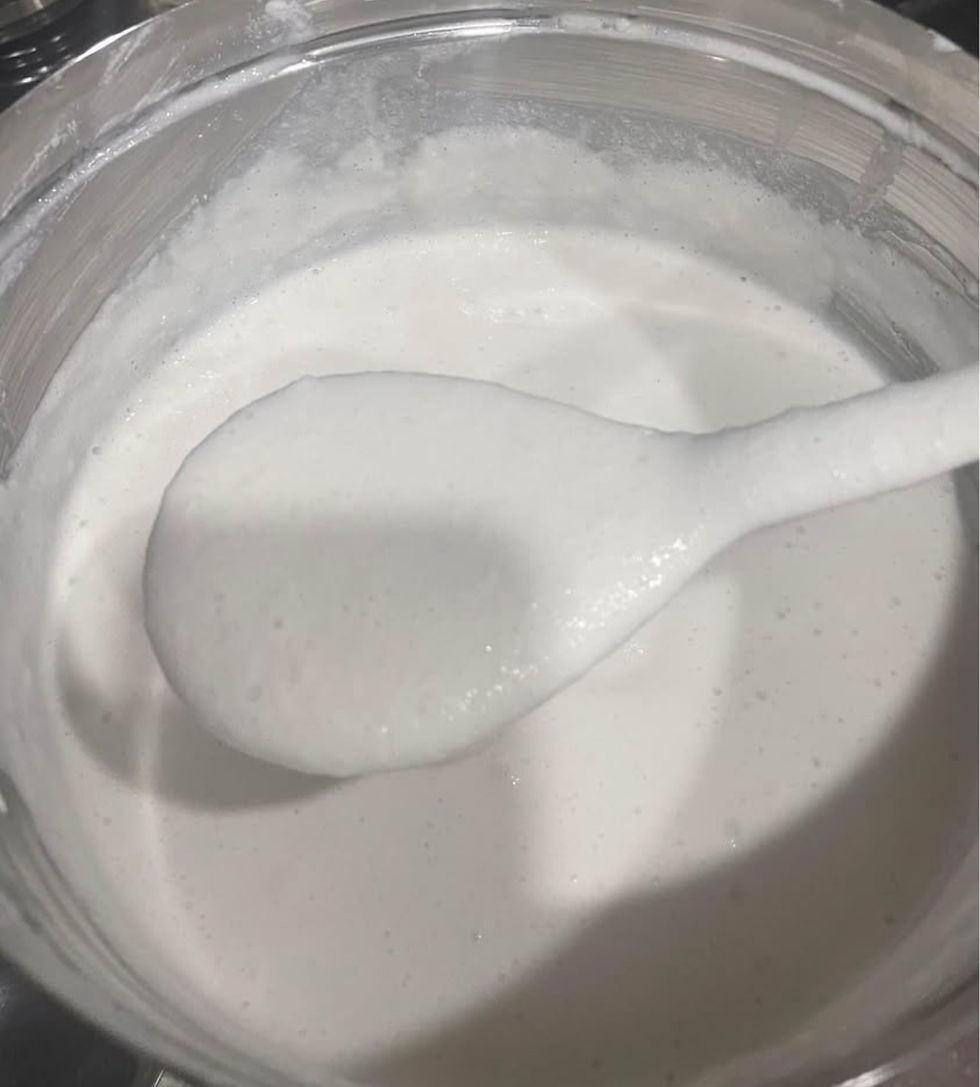Neem Tree / Vembu / Vepam -3 feet tall
15% off min 75 USD & 3 items
Azadirachta indica 'Neem Tree' 'Indian Lilac'
Neem is a part of life and household tree in almost every South Indian house. Neem Breeze keeps you fresh and energetic
This a almost blooming tree.
Neem, also known as Nimtree or Indian lilac, is a flowering tree in the mahogany family. Neem is native to Southeast Asia, likely India, where it's flowers, bark, and seeds have been used as food and medicine for centuries.
Neem is a tall, fast-growing evergreen tree with highly attractive broad-leafed branches that make full, dense, beautiful canopies. The Neem tree is a very low maintenance plant, said to grow almost anywhere in the lowland tropics. It thrives in warm conditions, and will need to be protected from the freeze or prolonged cold until well-established.
In the garden, Neem is used as a natural and highly effective insect repellent, anti-bacterial, and anti-fungal. Neem oil kills insects at all stages of development — adult, larvae and egg.
Plant Type:
Tropical / Subtropical Evergreen TreeHarvest Season:
Leaves: Year-round
Seeds: SpringMature Size:Up to 50 ft.
Soil & Moisture:Well-drained soil, should only be watered when soil feels dry.
Light Requirements:Full Sun, Part ShadeSelf-Fertile: Yes
Growth Rate:
Fast, Medium
Zone Hardiness:
Outdoors 9-11 with frost protection until well established; Patio/Greenhouse 4+
Neem Seedlings
Source : Wikipedia.com
The neem tree is noted for its drought resistance. Normally it thrives in areas with sub-arid to sub-humid conditions, with an annual rainfall of 400–1,200 mm (16–47 in). It can grow in regions with an annual rainfall below 400 mm, but in such cases it depends largely on ground water levels. Neem can grow in many different types of soil, but it thrives best on well drained deep and sandy soils.
Neem leaves are dried in India and placed in cupboards to prevent insects eating the clothes, and also in tins where rice is stored.
Traditional medicine
Products made from neem trees have been used in the traditional medicine of India for centuries, but there is insufficient clinical evidence to indicate any benefits of using neem for medicinal purposes. In adults, no specific doses have been established, and short-term use of neem appears to be safe, while long-term use may harm the kidneys or liver; in small children, neem oil is toxic and can lead to death. Neem may also cause miscarriages, infertility, and low blood sugar.
Pest and disease control
Neem is a key ingredient in non-septicidal management (NPM), providing a natural alternative to synthetic pesticides. Neem seeds are ground into powder that is soaked overnight in water and sprayed on the crop. To be effective, it must be applied repeatedly, at least every ten days. Neem does not directly kill insects. It acts as an anti-feedant, repellent, and egg-laying deterrent and thus protects the crop from damage. The insects starve and die within a few days. Neem also suppresses the subsequent hatching of their eggs. Neem-based fertilizers have been effective against southern armyworm. Neem cake is may be used as a fertilizer.
































